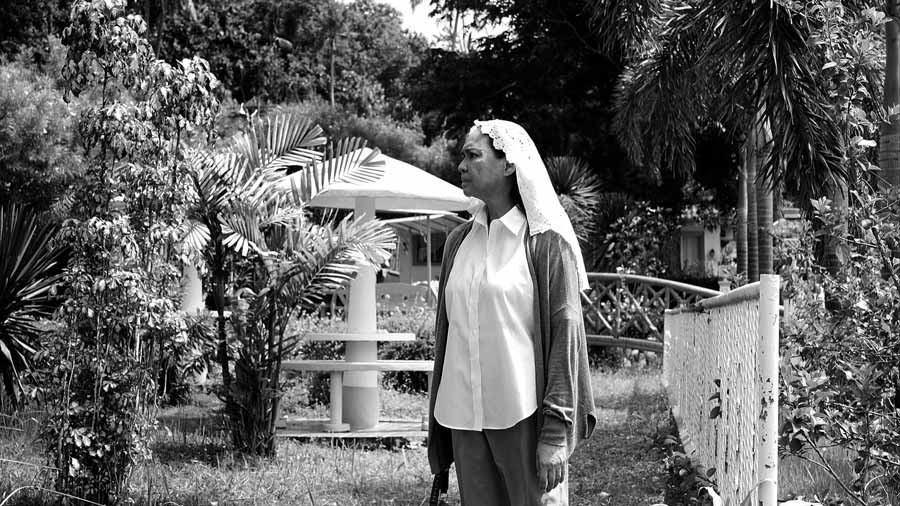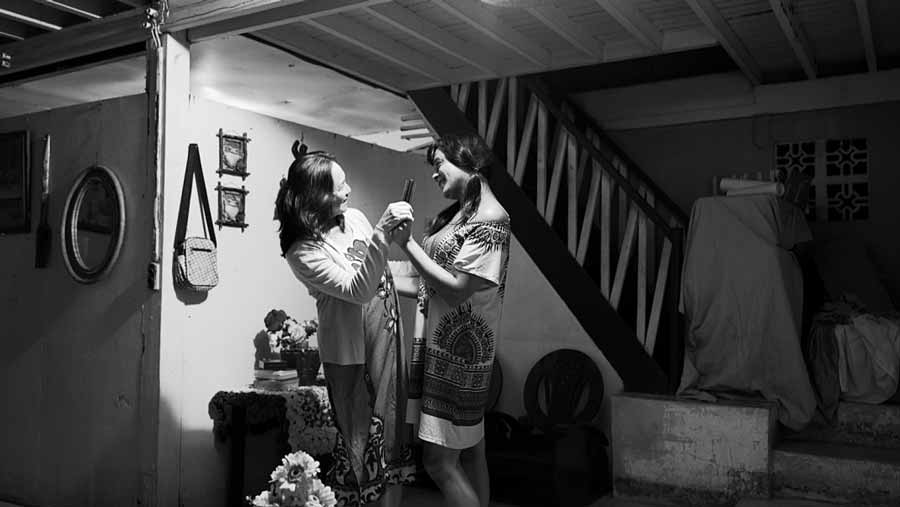
A series of dialogs where A PEOPLE editor-in-chief asks相田冬二 Toji Aida, a movie writer and novelizer, about Asian movies. This time, we pick up “Ang Babaeng Humayo/2016 Philippines,” the winner of the Venice International Film Festival Golden Lion Award, a major work with the screening time of 3 hours and 48 minutes, directed by Lav Diaz in the Philippines.

Jun-ichi Kobayashi: How is your reaction when you saw ” Ang Babaeng Humayo”?
Toji Aida: Experience that seems likely but it is not. I lost words in a good sense. Too happy to find anything to say.
Kobayashi: I felt that I came into a world where something, such as movie grammar I learned, or movie-like things I believed, did not pass. There is a thing called a long take in what characterizes this movie. There is the concept of slow cinema as a reaction to the prosperity of Hollywood 3D movies. For example, Lav Diaz is also talked about in a similar way to Thaiアピチャッポン・ウィーラセクタン Apichatpong (Weerasethakul), etc.

Aida: Apichatpong is an art. I also went to see his exhibition the other day, and his movie is on the extension of art, which is the same thing for him. On the other hand, Diaz is not doing art. Normally, the long take goes toward "documentary" or towards a strong "drama" like相米慎二 Shinji Sohmai, but Diaz is neither of them.
Kobayashi: I feel something ambitious in the long take of Angelopoulos(テオ・アンゲロプロス Theo Angelopoulos), Tarkovsky(アンドレイ・アルセーニエヴィチ・タルコフスキー Andrei Arsenyevich Tarkovsky), and タル・ベーラ Tarr Béla, but there is nothing like that in the first place.
Aida: Almost fixed. It is certain there is always something touched by a movie even if the camera is left unattended,
Kobayashi: When I look at only the scene, even not entire movie, I feel fun and exciting.

Aida: Because it has been fixed, it is always impressing when the camera just pans occasionally. Because the viewer's gaze is getting used to, it moves when it’s just moving and approaching. Faces are not even shoot much either. That's why we are touched to notice "the face is reflected." A movie picture-story show in a good sense. The picture moved when watching it. "I didn’t notice it was moving." That kind of pleasure. A scene completes as one picture. The audience is trying to integrate such things like continuity, narrative, structure and worldview, but that's not necessary.
Kobayashi: Maybe Diaz wants a screening without a break, no matter how long the movie is, because he does not stick to the whole thing.

Aida: He may be the first movie writer who does not give a sense of satisfaction or achievement to the audience as well as actors in the long take in the long history of from溝口健二 Kenji Mizoguchi to相米慎二 Shinji Sohmai. He may not even give it to himself. What I want to emphasize is not that it is esoteric at all.
Kobayashi: I agree. At first glance it looks difficult, but the story is there. If you face each scene, you can get an unprecedented movie experience.